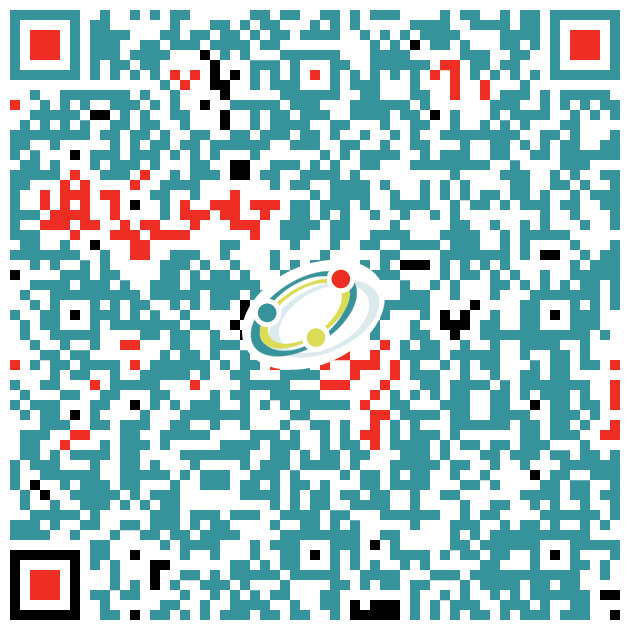So someone on your team suggested you should use a custom QR code on your next sticker, promotional item or print piece. Are you wondering if this is this a good idea or not? If so, you’re not alone because it’s a question we hear from clients. Let’s start with some basics and an experiment.
How Do QR Codes Work?
QR Code (abbreviated from Quick Response Code) is the trademark for a two-dimensional barcode consisting of a square with a pattern of square dots on a white background. First used in the auto industry to track manufacturing, QR codes have been gaining popularity with marketers due to the proliferation of smart phones and code reader apps.
The codes are designed to deliver data, getting you from point A to point B. The decryption algorithm used to generate QR codes allows for about 7-30% error margin. Because of this error margin, there is some flexibility in the QR code design to modify the codes with colors or overlay additional artwork for a more custom appearance.
QR codes are blocks of data separated into bytes. Each code format contains elements that indicate the code format and how the code should be read by the QR code reader.
Since contrast (not color) is used to read data, it is possible to apply colors to QR codes. However, only a few readers are able to read in “negative” mode. This makes it wise to keep the image positive so the code works for the greatest number of readers and devices.
It is also possible to partially obstruct some of the QR code and still keep its functionality, but there are areas that cannot be obstructed as well. How much of the code may be obstructed depends on the amount of data in the code and the code format. A QR code with very little data, for example, a phone number, may allow 30% of the data blocks to be obscured and still function. But keep in mind a QR code full of data with a low error correction rate may not be as forgiving. The data requirements vary based on the function of the code (phone number, URL, text, or SMS, vCard, email) and the length of the data.
Customizing a QR code is simply a factor of design and testing time.
As a trial, I created a simple QR code using a free online service, and saved it as an EPS file. I then added some artwork, and modified the colors to add a little interest.
We could take this modification further and add a background color, create a specific color pattern within the code, and even round the corners of the many squares and rectangles that make up the data blocks.
How much you customize your QR code will depend on its use and your audience. If your logo will be next to the code and you have room to provide a little information about what the user should expect if they scan your code, then perhaps just changing the color to complement your logo will be enough. The more you customize the QR code, the higher the risk it will not work well for more people.
To Customize or Not
So unfortunately, I cannot give you one right answer to whether or not you should customize your QR code. The ‘smart’ answer varies based on your objective and the relative importance of design versus functionality for a particular project.
References:
http://en.wikipedia.org/wiki/QR_code
http://imjustcreative.com/insert-a-logo-design-into-a-qr-code/2011/08/19/
http://hackaday.com/2011/08/11/how-to-put-your-logo-in-a-qr-code/
http://www.psfk.com/2012/05/guiness-qr-code-pint-glass.html
Code generators:
http://keremerkan.net/qr-code-and-2d-code-generator/





